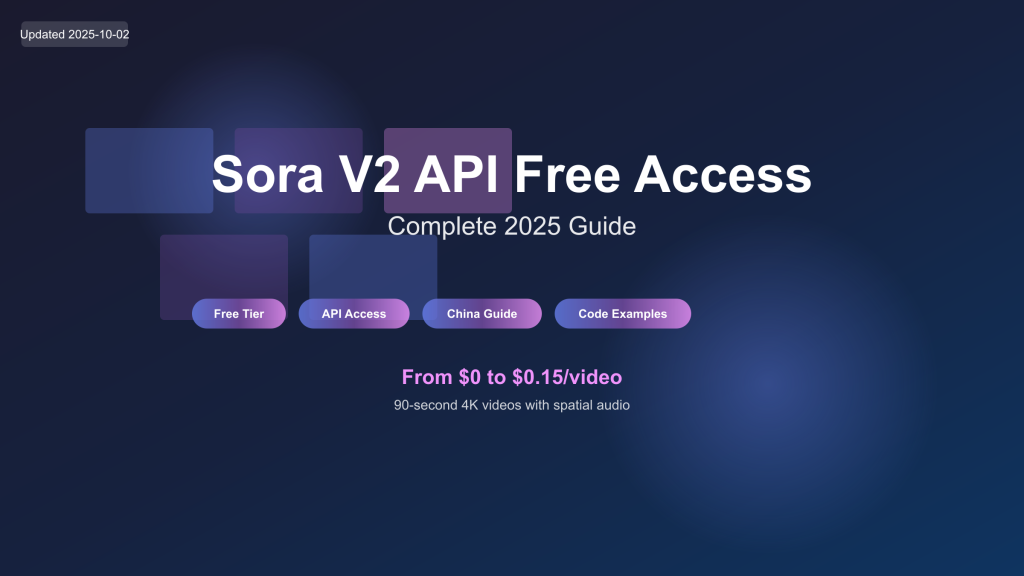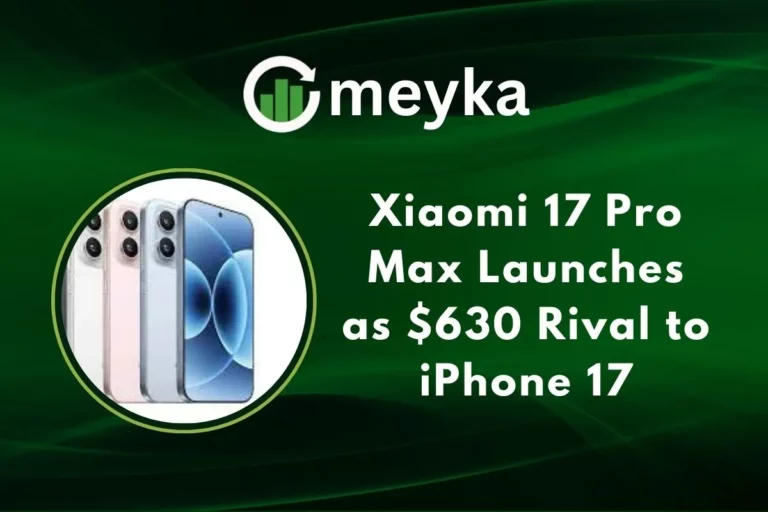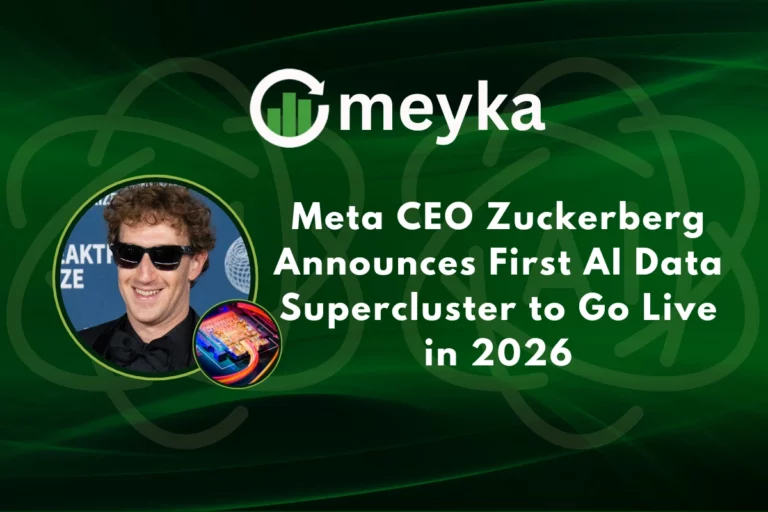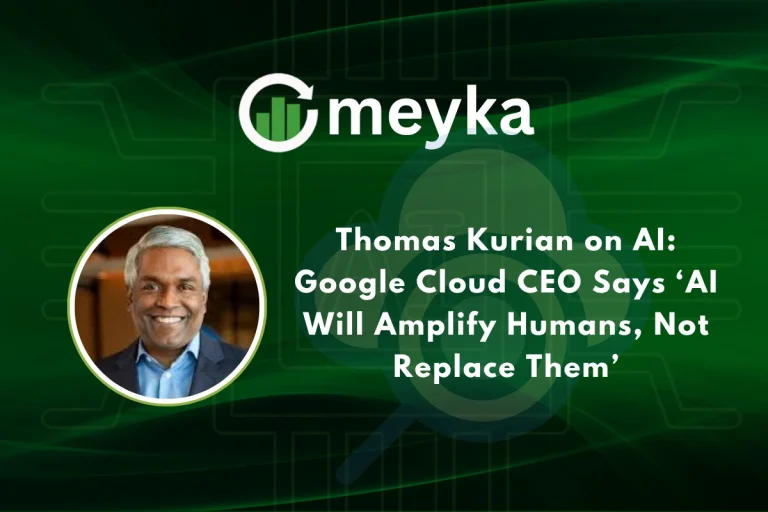OpenAI’s Sora Now Lets Users Pay Extra to Generate Extra AI Videos
AI video creation just reached a major milestone. On 9 December 2024, Sora, created by OpenAI, became available to users who subscribe to ChatGPT Plus or Pro. The tool can turn simple text into realistic video clips. Now, OpenAI is letting users pay extra to generate more videos beyond the free limits. This move changes how creators, marketers, and storytellers access video AI. For the first time, you won’t be hit by a hard cap and have to stop it offers more freedom. It also shows how video-AI is evolving from a novelty into a professional tool.
Let’s explore why OpenAI made this change, what it means for users, and how it stacks up against the competition.
Background: What is OpenAI’s Sora?
Sora is OpenAI’s text-to-video model. It turns written prompts into short video clips. The model can produce cinematic, animated, photorealistic, or surreal styles. OpenAI first introduced Sora to the public in December 2024 as part of its ChatGPT product lineup. From early builds to Sora 2, the project focused on realism and temporal coherence, making motion, lighting, and sound line up with the prompt.
Sora is promoted as both an experimental research model and a creative tool for makers, advertisers, and storytellers. OpenAI’s pages describe features such as cameo avatars and clip stitching, which let users reuse characters and combine short clips into longer sequences.
The Update: Pay-to-Generate Model Explained
On October 31, 2025, OpenAI rolled out an option to buy extra video generations when users exceed their free or allotted quotas. The new system sells packs of extra generations. Ten additional generations cost $4 via the App Store in the initial rollout. Credits last for 12 months.

OpenAI tied this change to growing demand and the rising compute costs of rendering video. The company also noted that free daily limits may shrink to keep the service sustainable as usage grows. This paid-credit model applies across consumer tiers, though enterprise plans still receive custom arrangements.
Why OpenAI Introduced Paid Video Generation?
Generating video at scale is expensive. Each clip requires many GPU hours and large model runs. OpenAI faces rising infrastructure and energy costs as Sora gains users. Selling credits helps cover these costs. It also gives priority access to power users.
In public statements, OpenAI framed the move as a way to keep the basic experience available while letting heavy users pay for extra capacity. The shift mirrors earlier moves across the AI sector, such as paid tiers for chat and image tools. For OpenAI, paid credits offer a direct revenue stream that scales with usage.
Impact on Users and Creators
The change brings clear benefits for professional creators. Paid credits let creators iterate more. They can experiment with multiple cuts, higher resolution, or longer sequences without hitting a hard stop. Agencies and small studios can scale creative tests quickly. Some creators may get faster rendering times or higher priority queues as part of paid plans.
The change also creates tension. Hobbyists and casual users may see free allowances shrink. That could limit experimentation for low-budget creators. The paywall may widen the gap between hobbyists and professionals. Educators and students who used free quotas for class projects could feel the squeeze. Content platforms that depend on grassroots creation may face slower innovation from smaller creators.
Social reaction has been mixed. Some users praise the predictability of credit packs. Others view the move as the end of “free” AI video. The debate often centers on access and fairness.
Comparison with Other AI Video Platforms
Sora sits among several rivals. Runway, Pika Labs, and Synthesia offer text-to-video or avatar video services. Each competitor uses a different mix of pricing and features. Runway tends to offer flexible subscriptions and professional editing toolchains. Synthesia focuses on avatar-led corporate videos and script-to-speech workflows. Pika emphasizes quick, stylized clips for social media.
What distinguishes Sora is its integration with OpenAI’s broader ecosystem. Users who already use ChatGPT or DALL·E may prefer a single vendor. Sora also aims for high realism and tight audio-video sync. Competitors sometimes beat Sora on price per minute or on advanced editing layers. The new credit packs may push rivals to adjust their offers. Recent feature updates, such as reusable cameos and clip stitching, further sharpen Sora’s competitive edge.
The Future of AI Video Creation
AI video seems set to expand fast. Expect longer clips, smoother motion, and more realistic audio. Monetization models will diversify. Companies will test subscriptions, per-clip credits, and creator revenue shares. Tools will integrate more tightly into creative pipelines. For instance, content teams may pair Sora outputs with editing suites or audience analytics. An AI tool might be used once to track which clip versions perform best on social feeds.
Creators may also find hybrid workflows. AI will draft scenes. Humans will refine, edit, and add context. Studios could use AI to prototype whole scenes quickly before investing in live shoots. The monetization shift signals a turning point: AI video is moving from an experimental toy to a business tool.
Challenges and Ethical Considerations
The technology raises ethical questions. Deepfakes and likeness abuse remain concerns. OpenAI applies limits to how people are depicted and adds guardrails for sexual content and minors. Yet enforcement is not perfect. Another worry is copyright. Sora’s rise has stirred debate about copyrighted characters and media owners.
OpenAI reportedly informed some rights holders about how Sora handles character usage unless owners opt out. That approach has prompted legal and industry scrutiny. Platforms must also address provenance. Viewers need ways to tell synthetic content from real footage. Watermarks, metadata tags, and content labels are part of the solution.
Closing Note
OpenAI’s decision to let users buy extra Sora generations marks a new phase. The move is pragmatic. It helps manage costs and meet heavy demand. It gives creators more control and the option to scale. At the same time, it tightens the link between money and creative access.
The change will push competitors to innovate on price and features. It will also force the industry to balance growth with safety and fairness. The coming months should reveal how creators adapt, and how policy and platform rules evolve to protect rights and trust.
Disclaimer: The content shared by Meyka AI PTY LTD is solely for research and informational purposes. Meyka is not a financial advisory service, and the information provided should not be considered investment or trading advice.






